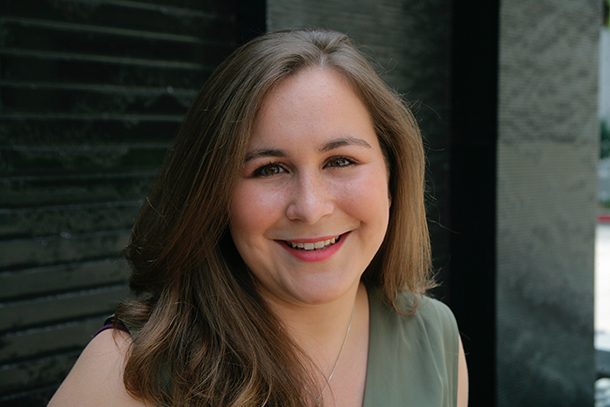When Esther Leon’s grandfather suffered a severe stroke, the then-9-year-old girl wanted nothing more than for him to get better so he could again take her to the park like they always used to.
Maybe out of a sense of helplessness, the young woman began developing an interest in the brain and, in particular, neuroplasticity as a way to help stroke survivors regain their motor skills.
“I knew then that was my calling: to help others directly regain their abilities through rehab,” she said. “My heart has never been convinced otherwise.”
Though she was unable to save her grandpa — he died when she was 15 — she began a course of study to pursue a career in physical therapy to help others just like him.
Helping others lead healthy lives
As an undergraduate, Leon attended Whittier College, majoring in kinesiology and nutrition science with an emphasis in pre-physical therapy.
In 2015, she began her studies in the doctor of physical therapy program at the USC Division of Biokinesiology and Physical Therapy, where she almost instantly signed up to participate in USC Fit Families, a free health and wellness program educating underserved individuals in East L.A. who are at risk for diabetes and other conditions associated with obesity.
On most Saturday mornings, you could find Leon at Hazard Park, overseeing the weekly program that teaches families how to cook healthy food and incorporate fun physical activities into their daily lives.
In addition to strengthening Leon’s leadership, organizational and time management skills, Fit Families taught her “to really see through each participant’s eyes the daily challenges they face in trying to lead a healthy life and then to work with them to help make their goals a reality,” she said. They are skills that will serve her well in her career, she added.
Speaking up for others
Though she will soon be leaving Fit Families behind, Leon hopes to find other ways to provide service to underserved communities.
“My goal is to find as many opportunities as possible to advocate for the expansion of physical therapy abroad as well as increased accessibility to health care in underserved areas,” she explained.
Next up for Leon, though, is to find a position within an inpatient rehabilitation setting for those with neurological conditions so that she can get back to what inspired her to physical therapy in the first place — helping others get back to the life they left behind.
— John Hobbs


